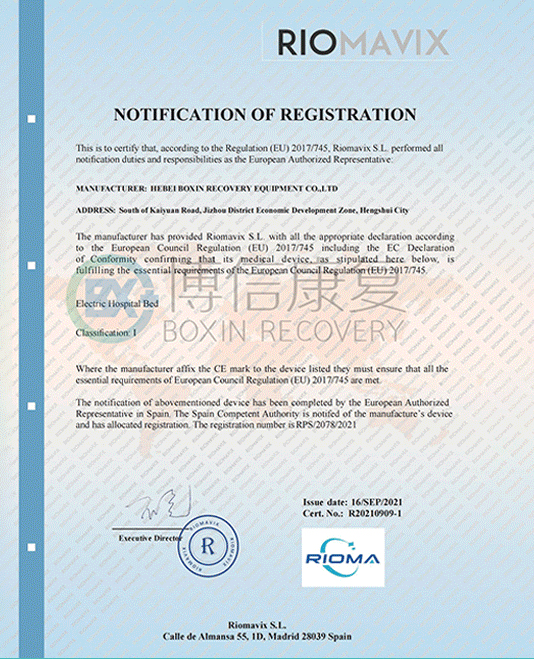Welcome to our websites!
Anesthesia Equipment Storage Solutions for Effective Medical Procedures
Anesthesia Supply Cart An Essential Component of Modern Perioperative Care
In the realm of modern medicine, the administration of anesthesia stands as one of the most critical components of patient care during surgical procedures. Whether it's a minor outpatient procedure or a complex surgery, the efficacy and safety of anesthesia deeply rely on the readiness and organization of the anesthesia supply cart. This article explores the significance of the anesthesia supply cart, its essential components, and best practices for maintaining it.
The Importance of the Anesthesia Supply Cart
The anesthesia supply cart serves as a mobile repository for all the necessary equipment, medications, and supplies that healthcare professionals require during the perioperative phase. The setup of the cart is designed to ensure swift access to essential items, thereby enhancing the efficiency of the anesthesia team. In emergency situations, where every second counts, the availability of well-organized supplies can make a significant difference in patient outcomes.
Key Components of the Anesthesia Supply Cart
An effective anesthesia supply cart is equipped with various items, systematically arranged for easy retrieval
. Some of the critical components include1. Medications Essential anesthetics, analgesics, and adjunct medications must be readily available. Commonly used drugs include propofol, fentanyl, and midazolam, among others. Each medication must be clearly labeled, stored in appropriate containers, and regularly restocked to avoid shortages during procedures.
2. Airway Management Supplies This includes endotracheal tubes, laryngeal masks, bag-mask devices, and suction equipment. Prompt airway management is crucial in preventing hypoxia, and therefore, these supplies should be easily accessible.
3. Monitoring Equipment Monitors for vital signs such as blood pressure, heart rate, oxygen saturation, and end-tidal carbon dioxide levels must be present. This equipment helps in continuously assessing the patient's physiological status during anesthesia administration.
4. Intravenous (IV) Equipment IV catheters, infusion pumps, and fluids such as crystalloids and colloids must be stocked. Providing adequate vascular access is vital for administering medications and fluids quickly.
5. Emergency Resuscitation Tools Items such as defibrillators, emergency medications (e.g., epinephrine, atropine), and a comprehensive crash cart should be close by to handle any potential emergencies.
anesthesia supply cart

6. Suction Apparatus In surgeries where blood or other fluids may obstruct the airway, having a reliable suction device is essential.
Best Practices for Maintaining the Anesthesia Supply Cart
To ensure that the anesthesia supply cart remains effective and efficient, healthcare facilities should adhere to best practices for maintenance
1. Regular Inventory Checks Conducting frequent inventory assessments is vital to identify expired medications and restock supplies. A minimum daily check before surgical procedures can prevent last-minute shortages.
2. Standardized Organization Supplies should be arranged systematically within the cart, ideally using color-coded labels or bins for easy identification. Such organization minimizes confusion and expedites access during emergencies.
3. Education and Training Anesthesia providers must be trained not only in the use of the supplies but also in the procedures for restocking and maintaining the cart. Regular simulation training can improve familiarity with the cart and enhance team coordination.
4. Involvement of the Whole Team Collaboration among anesthesiologists, nurse anesthetists, and surgical staff is crucial. Regular meetings to discuss the cart contents and organization can lead to improvements based on the collective input from the team.
5. Reviewing Protocols Regularly Healthcare policies surrounding anesthesia administration and supply cart protocols should be reviewed periodically to adapt to evolving best practices and technological advancements.
Conclusion
The anesthesia supply cart embodies the principles of preparedness, organization, and patient safety. A well-stocked and thoughtfully organized cart not only supports the anesthetic team in delivering high-quality care but ultimately enhances patient outcomes. By emphasizing the importance of routine checks, standardized organization, and team training, healthcare facilities can ensure that their anesthesia supply carts are always ready to meet the demands of the surgical environment. As medicine evolves, so too must our strategies for managing the intricacies of anesthesia care, with the supply cart serving as a cornerstone of this essential practice.
-
Transforming Healthcare with Hospital FurnitureNewsJun.24,2025
-
Rehabilitation EquipmentNewsJun.24,2025
-
Mobility and Independence with WheelchairsNewsJun.24,2025
-
Freedom of Mobility with Our Rollator WalkersNewsJun.24,2025
-
Comfort and Independence with Commode ChairsNewsJun.24,2025
-
Bathing Safety and Independence with Shower ChairsNewsJun.24,2025
-
Navigating the Wholesale Landscape of Electric Mobility Solutions: Key Considerations for Power Wheelchair DealersNewsJun.10,2025











